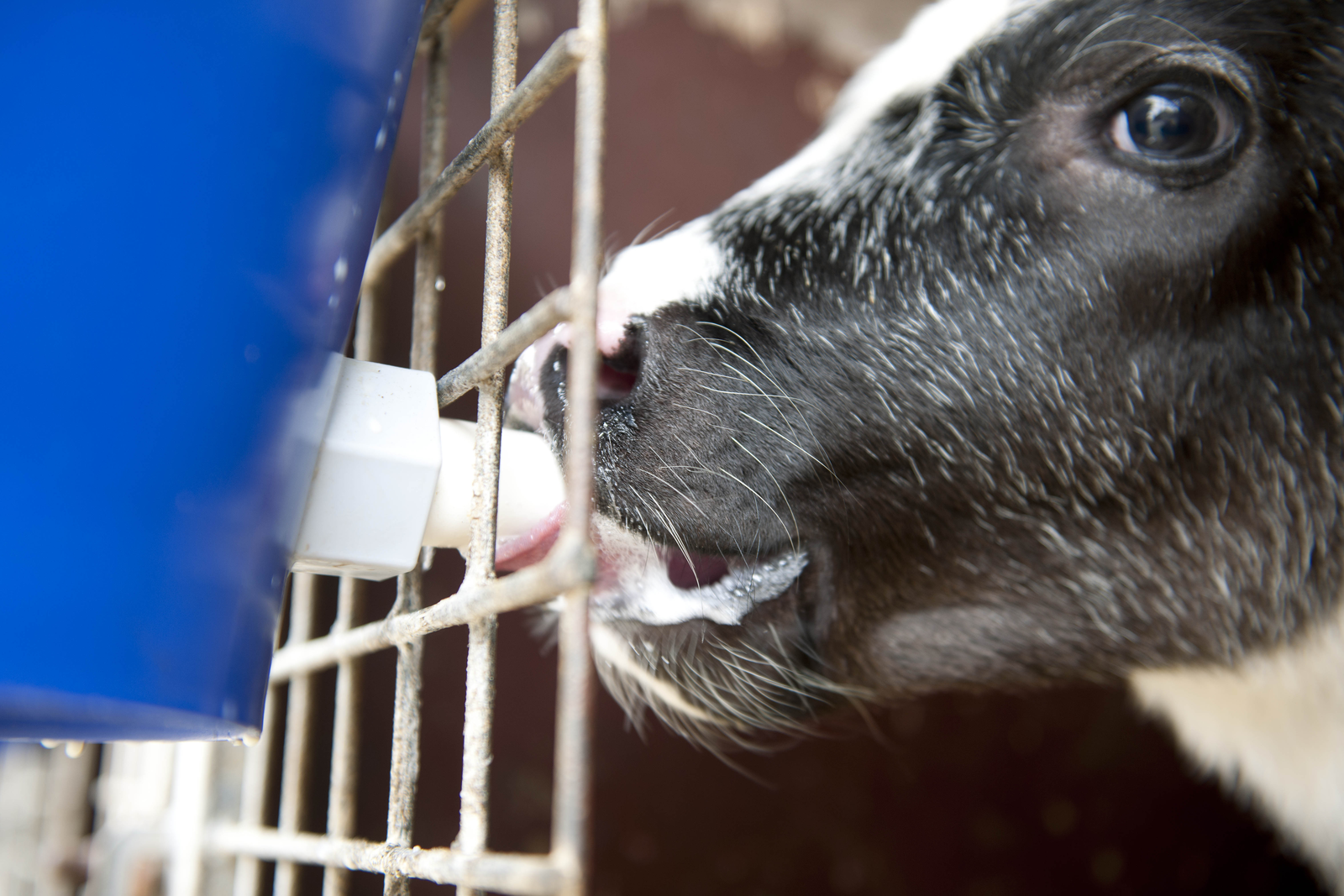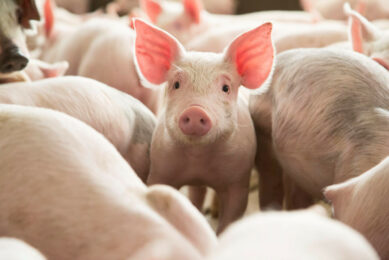How to optimise dairy replacement?

It starts with the calves; it always has. But we seem to be lacking in raising those calves to become excellent replacement heifers. This is what Professor Jud Heinrichs told the crowd at the 31st Alltech annual symposium, currently held in Lexington, Kentucky.
Heinrichs, professor at Penn State University since 1982 gave a clear update on some key figures that will help progressive dairy farmers stay profitable and successful in the future. “We have been optimising dairy cattle nutrition and management for over 50 years, but we seem to have stayed behind in optimising the dairy calf management practices,” Heinrichs said. The Professor addressed that replacement heifers represent the 2nd or 3rd largest cost in milk production (behind feed as a number one cost and labour as a 2nd or 3rd, depending on the region). “So this is why it is so important to invest in the new born calves to make them profitable and excel when they start producing milk,” according to Heinrichs.
2015 goals for dairy replacement
In his presentation, Heinrichs gave a list of key figures that dairy farmers should keep in mind to optimise their heifers and dairy replacement plan.
- Calf mortality should be below 2%
- Birth weight should be doubled at 80-90 days
- Age at first heat should be 11 months
- Age at first breeding should be 13-14 months
- Age at first calving should be 22-24 months (Holsteins)
- Weight at breeding should be 55% of mature body weight
- Weight at calving should be 85-90% of the mature body weight
Growth pre and pro puberty
These figures are the ideal ones to optimise production. The professor also said we know by now what the desired average daily gain is for heifers. Heinrichs: “Before puberty (9 -10 months of ages), we should aim at 800 grams per day. After puberty, the average daily gain should be adjusted to reach 85% of the mature body weight at calving.”
Dairy theme big at Alltech conference
Professor Heinrichs gave his talk at the dairy session, part of the Alltech annual symposium, held between 17-21 May in Lexington, Kentucky. Themed ‘rebelation’, this conference attracted around 3,000 people from 63 countries. The so called REBELation week is aimed to share the latest knowledge on feed research, food security, aquaculture, the future of pigs and poultry, innovative crop science technologies and much more. The dairy sessions were popular this year, attracting many experts from dairy companies, dairy farmers and dairy nutritionists from around the world.











